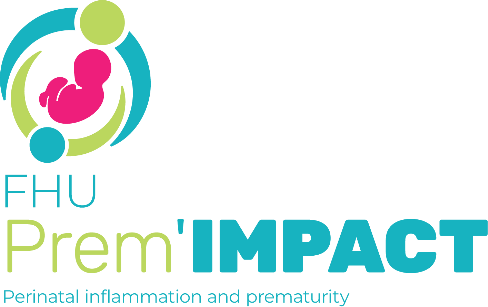Abstract
Background: Millions of children have been born throughout the world thanks to ARTs, the harmlessness of which has not yet been fully demonstrated. For years, efforts to evaluate the specific effects of ART have focused on the embryo; however, it is the oocyte quality that mainly dictates first and foremost the developmental potential of the future embryo. Ovarian stimulation, cryopreservation, and IVM are sometimes necessary steps to obtain a mature oocyte, but they could alter the appropriate expression of the oocyte genome. Additionally, it is likely that female infertility, environmental factors, and lifestyle have a significant influence on oocyte transcriptomic quality, which may interfere with the outcome of an ART attempt.
Objective and rationale: The objective of this review is to identify transcriptomic changes in the human oocyte caused by interventions specific to ART but also intrinsic factors such as age, reproductive health issues, and lifestyle. We also provide recommendations for future good practices to be conducted when attempting ART.
Search methods: An in-depth literature search was performed on PubMed to identify studies assessing the human oocyte transcriptome following ART interventions, or in the context of maternal aging, suboptimal lifestyle, or reproductive health issues.
Outcomes: ART success is susceptible to external factors, maternal aging, lifestyle factors (smoking, BMI), and infertility due to endometriosis or polycystic ovary syndrome. Indeed, all of these are likely to increase oxidative stress and alter mitochondrial processes in the foreground. Concerning ART techniques themselves, there is evidence that different ovarian stimulation regimens shape the oocyte transcriptome. The perturbation of processes related to the mitochondrion, oxidative phosphorylation, and metabolism is observed with IVM. Cryopreservation might dysregulate genes belonging to transcriptional regulation, ubiquitination, cell cycle, and oocyte growth pathways. For other ART laboratory factors such as temperature, oxygen tension, air pollution, and light, the evidence remains scarce. Focusing on genes involved in chromatin-based processes such as DNA methylation, heterochromatin modulation, histone modification, and chromatin remodeling complexes, but also genomic imprinting, we observed systematic dysregulation of such genes either after ART intervention or lifestyle exposure, as well as due to internal factors such as maternal aging and reproductive diseases. Alteration in the expression of such epigenetic regulators may be a common mechanism linked to adverse oocyte environments, explaining global transcriptomic modifications.
Wider implications: Many IVF factors and additional external factors have the potential to impair oocyte transcriptomic integrity, which might not be innocuous for the developing embryo. Fortunately, it is likely that such dysregulations can be minimized by adapting ART protocols or reducing adverse exposure.
